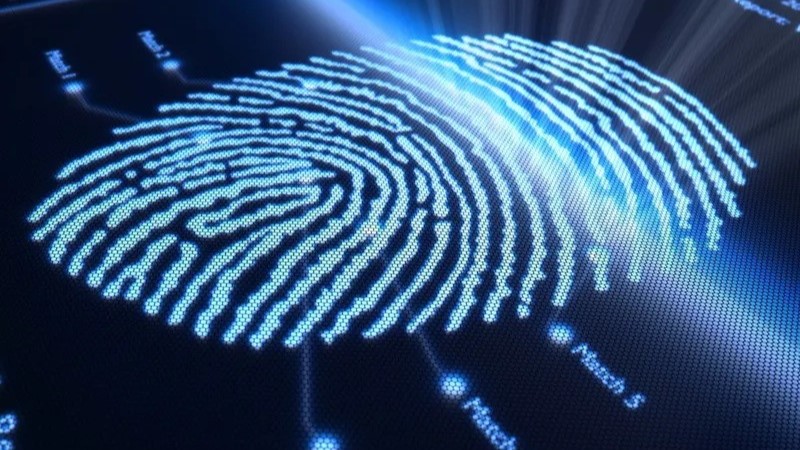
For the first time, scientists have used artificial intelligence (AI) to connect two fingerprints left by different digits belonging to the same person. The new technique could potentially revive some cold cases — although some forensic experts have downplayed the discovery’s significance.
It's long been suspected the same person's fingerprints from different digits share important similarities, yet law enforcement has never been able to match these in practice. Current forensic techniques can only accurately link fingerprints from the same digit.
But the new study, which has ignited a debate between its authors and forensic scientists, claimed a machine learning system can be trained to link two different digits of the same person 77% of the time, well above the 50% expected due to random chance. The findings were published in a paper Jan. 12 in the journal Scientific Advances.
Related: Why do people confess to crimes they didn't commit?
"Previously, if a criminal committed one crime and left behind, let's say their right index [at the crime scene], and then they committed a second crime and left a pinky, there was no way to link these fingerprints, no way to link the crime scenes, and it's a lot harder to catch the criminal," lead author Gabe Guo, an undergraduate studying computer science at Columbia University, told Live Science. "But with our discovery, we now feasibly have a way to link the right index to the left pinky and catch the criminal more efficiently."
The team trained the tool with 53,315 fingerprints belonging to 917 deceased individuals taken from public databases. Then, they used it to link fingerprints from 133 different people taken from a separate database.
Conventionally, forensic systems look for matches in the patterns of arches, whorls and loops between prints of the same digit. But the scientists learned the AI was picking up on a new type of forensic marker altogether: the similarities between the angles of the patterns across each finger.
AI as a disruptive force
After submitting the paper to academic journals, Guo — who had no prior forensic background — and his team received multiple rejections. Finally, after successfully appealing the last rejection, the study was accepted for publication.
"It got rejected because the reviewer and editor said it's well known that every fingerprint, even from the same person, is unique," Guo said. "But now that it's come out, forensic experts are actually claiming the opposite. They're saying: 'Oh, we knew this all along.' I think it speaks to a larger thing that when a new technology, especially AI, comes along there's always going to be some upheaval, some controversy, or people will get scared of its implications."
Simon Cole, a professor of criminology, law and society at the University of California, Irvine and author of books on the history and science of fingerprinting, is among those who say similarities in the fingerprints from different digits of the same person have long been known, even if forensic experts were unable to match them with the certainty required by courts.
Furthermore, as law enforcement routinely takes prints from all ten digits, Cole said he can only see the technology having "rare and limited use" — linking separate prints from different crime scenes for suspects without all ten digits recorded.
"That's not to say that the study has no value. It appears to be an interesting scientific study," Cole told Live Science. "But it seems to be being overhyped a bit, which is, of course, quite common in contemporary science."
Yet despite this, forensic researchers say the new findings could still prove useful.
"If it's true that all 10 fingers, or even the one hand for that matter, show great similarity then we only need two prints, and not necessarily the same ones, but at different locations," Ralph Ristenbatt, a criminalist and assistant teaching professor of forensic science at Pennsylvania State University, told Live Science. "If they can be compared to each other to be from the same person then yes, this could potentially have use down the road."
The researchers say that their AI tool isn't accurate enough to be used in a court of law. But they intend to work with police bodies to collect more fingerprints and use this data to improve the AI — possibly boosting its fidelity above the required threshold.







